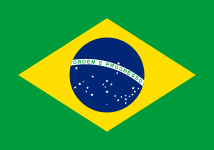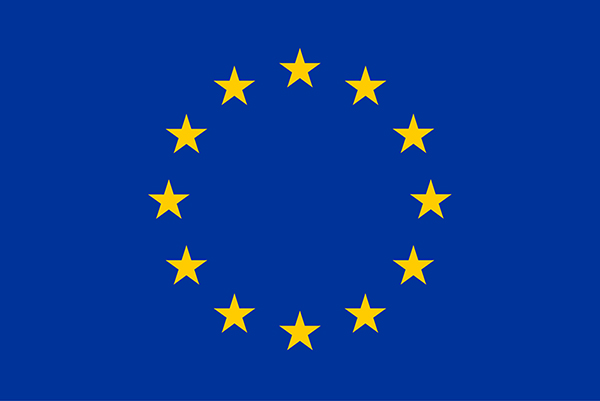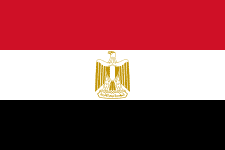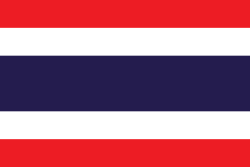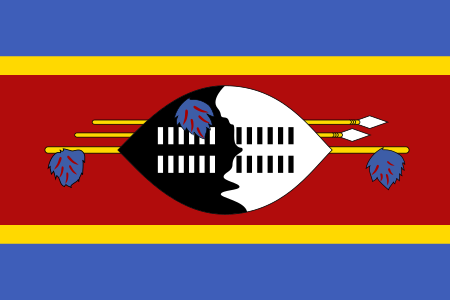- Industry
- Region
- Country / Region
On November 26, 2024, Brazil's National Telecommunications Agency (ANATEL) issued Decree No. 16417, which contains operational procedures and guidelines for auditing cybersecurity policies for suppliers of telecommunications products and equipment of telecommunications service providers. The decree is now in force and will be enforced from 26 November 2025.
Click this link to view the original guide.
On November 25, 2024, the European Telecommunications Standards Institute (ETSI) published the harmonized European standard ETSI EN 301 893 V2.2.1, which addresses radio spectrum access for wireless access systems (WAS)/wireless local area networks (RLANs) in the 5 GHz band.
The standard targets wireless access systems (WAS) used in wireless LANs, as well as devices that communicate directly with each other over ad-hoc networks.
Click this link to view the standard original.
On November 24, 2024, Egypt's National Telecommunications Regulatory Authority (NTRA) published version 1.3 of the Radio Spectrum Guidelines for Short-Range Equipment (SRD). The updated SRD guidelines include the 5925-6425 MHz (6 GHz) band, which is limited to wireless LAN (WLAN) indoor use.
Click on this link to view the updated Radio Spectrum Guidelines.
On November 21, 2024, the U.S. Federal Communications Commission (FCC) issued the second report and order to formally incorporate C-V2X technical specifications into the regulations issued by the FCC. These new regulations will help vehicles and infrastructure transition to more advanced communication technologies, enabling in-vehicle and roadside devices to operate C-V2X technology in the 5.9 GHz band to support Intelligent Transportation Systems (ITS).
Click this link to view the original published report and order. The report and order have not yet been posted on the Federal Register website.
On 20 November 2024, the European Parliament and the Council of the European Union published Regulation (EU) 2024/2847 entitled "horizontal cybersecurity requirements for products with digital elements and amending Regulations (EU) No 168/2013 and (EU) No 2019/1020 and Directive (EU) 2020/1828 (Cyber Resilience Act) ". The regulation sets out the rules and requirements to ensure the cybersecurity of these products, as well as the rules of market surveillance.
The regulations came into force on December 10, 2024 and will be implemented from December 11, 2027.
Click on this link to view the original regulation.
On 19 November 2024, the European Commission notified on the WTO website of the Commission's draft regulation, which will replace Commission Regulation (EC) No. 2019/1782. The regulations intend to introduce the following changes:
- Expand the scope of application to include wireless chargers and battery chargers for general-purpose portable batteries, taking into account interoperability requirements;
- Introduce standby power consumption limits for wireless chargers and wireless charging docks;
- Expand the scope of application to include USB Type-C cables to limit their energy loss and inform consumers of the maximum power supported;
- Removal of the definition limit for EPS with output power below 250 W;
- Require the EU "Universal Charger" logo to be affixed to USB Type-C chargers to inform consumers of their interoperability; Manufacturers can also use other colors (inverted colors in the picture below, or black and white, etc.);
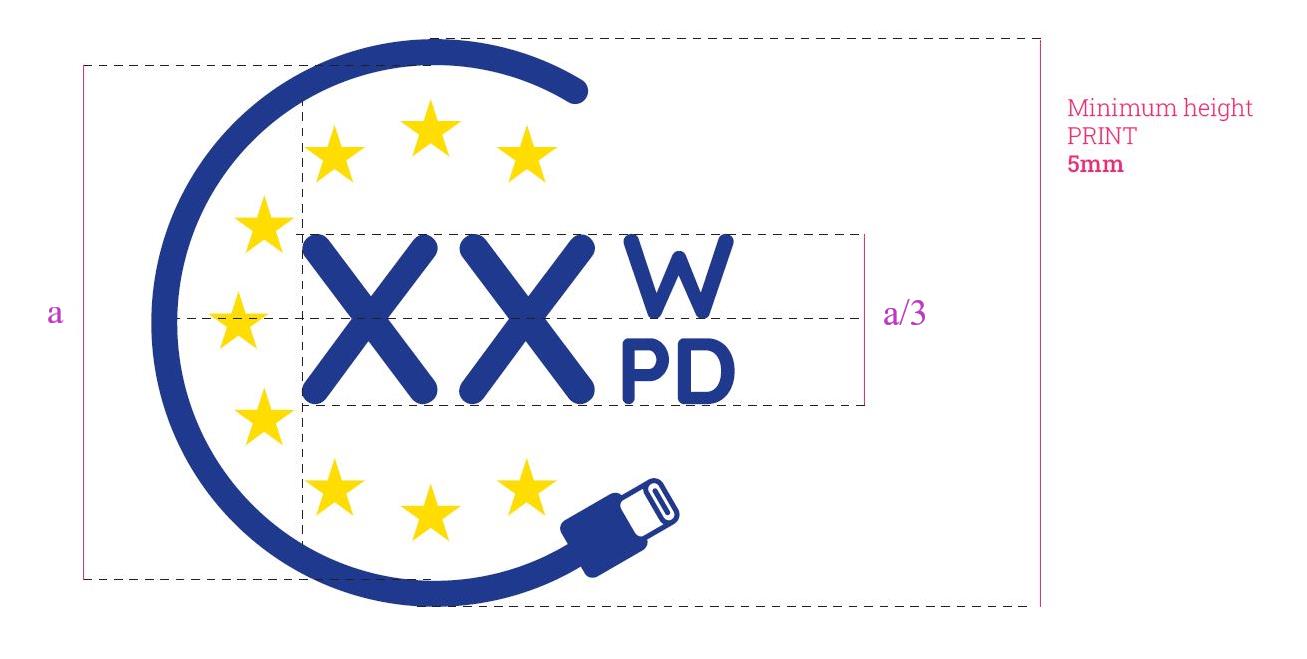
- Requires the USB Type-C charger to use a detachable cable and label the supported power on each port;
- USB Type-C chargers as a general requirement for EPS to cover a range of products not covered by the Radio Equipment Directive to maximize interoperability;
- Exclude certain EPS from interoperability requirements (including EPS used in wet conditions, EPS used with toys, most power tools, etc.);
- the minimum threshold for improving energy efficiency;
- Introduce a minimum efficiency threshold at 10% load;
- introduction of output power performance requirements;
- Clarify the test conditions (especially the adaptive power supply);
- USB Type-C and USB PD power supplies need to be tested without cables, and specific cable correction factors need to be introduced to ensure fair competition between interoperable EPS.
The expected adoption date of the regulation is Q3 2025, with a tentative entry into force date of 20 days from the date of publication in the Official Journal of the European Union, with enforcement three years after the date of entry into force.
Click on this link to view the EU's draft published on the WTO TBT website, with a deadline of 60 days from the date of notification.
On November 14, 2024, the National Broadcasting and Telecommunications Commission (NBTC) of Thailand issued an announcement to update the technical standard for telecommunications equipment and radiocommunication equipment using the frequency band 5.925-6.425 GHz, with the new standard number NBTC TS 1039-2567, replacing the old standard NBTC TS 1039-2566.
Previously, NBTC only accepted the FCC 15.407 test report in the 5.925-6.425 GHz band. Customers can now use the EN 303 687 test report to submit a type approval request within this frequency band. The new technical standard came into force on November 15, 2024.
Click on the this link to view the original text of the announcement and the updated standard.
On November 13, 2024, the U.S. Federal Communications Commission (FCC) officially published the regulation numbered 257122 on the Federal Register website, with an effective date of December 13, 2024. The regulations specify the following requirements for 100% HAC compliance:
- By December 14, 2026, from the perspective of standard, newly certified and modified products must comply with existing HAC2019 standards. The HAC ratio requirement is still 85%;
- After December 14, 2026, the product shall:
- should meet the volume control requirements;
- Should comply with acoustic coupling requirements (RF emission);
- It shall meet the T-Coil coupling requirements or Bluetooth coupling requirements, of which the T-Coil coupling requirements shall not be less than 85%, and the rest shall meet the Bluetooth coupling requirements;
- From December 14, 2026 to December 12, 2028, Bluetooth coupling can be a proprietary or universal Bluetooth protocol; After December 12, 2028, only low-power-based universal Bluetooth protocols can be used.
The regulations have indefinitely postponed the requirements for new QR code labels and the filling requirements for FORM855.
Click this link to view the original text of the regulations on 100% HAC on the federal release website.
Innovation, Science and Economic Development Canada (ISED) clarified at the TCBC workshop that ISED considers 802.11ax and 802.11be to be two different technologies and therefore need to be evaluated separately. TCBC members provided data to ISED to support the similarity of 802.11ax and 802.11be. After reviewing the data, the ISED stated that the full RU test of 802.11be was accepted as a proxy for 802.11ax with the same power meter, but any special RU configurations would need to be evaluated separately. TCBC sent a letter to TCBC members on November 13, 2024 to make the above statement.
On 13 November 2024, the Eswatini Communications Commission (ESCCOM) issued Circular No. 12/2024 proposing to commence the retirement of 2G and 3G mobile communications networks in Eswatini. The notice proposes to retire 2G technology on or before December 31, 2026, and 3G technology by December 31, 2028, as well as to prohibit the import into Eswatini of devices that only support 2G and 3G and type approval of such equipment from December 31, 2024.
Click on this link to view the original public consultation. The deadline for comments is 9 December 2024.
